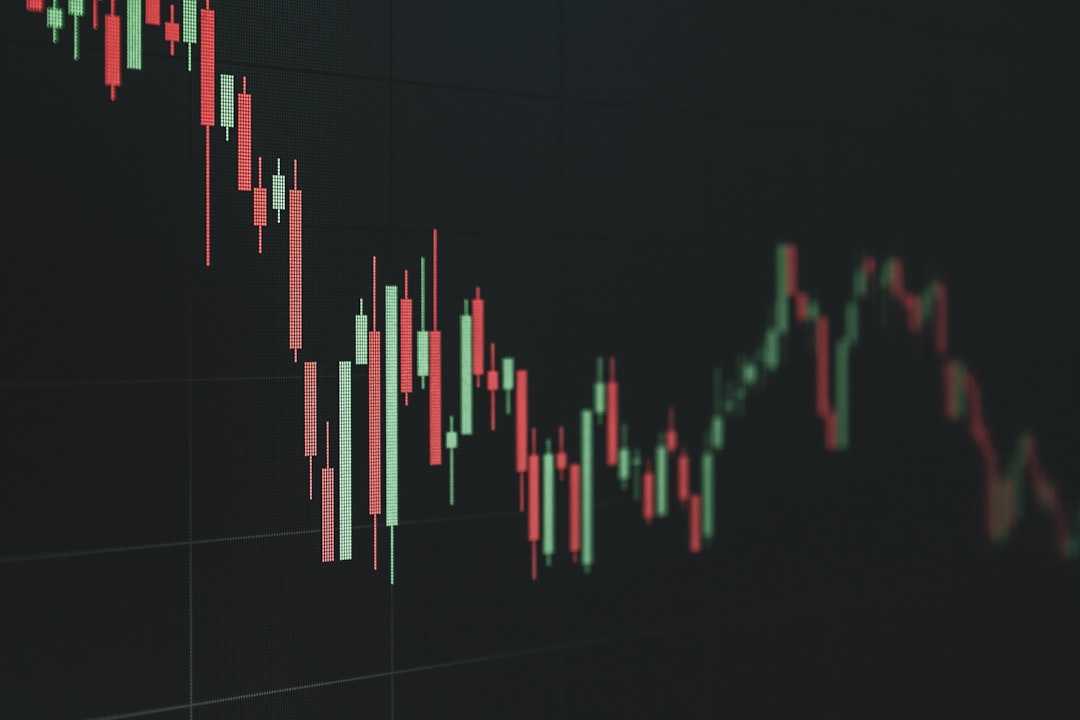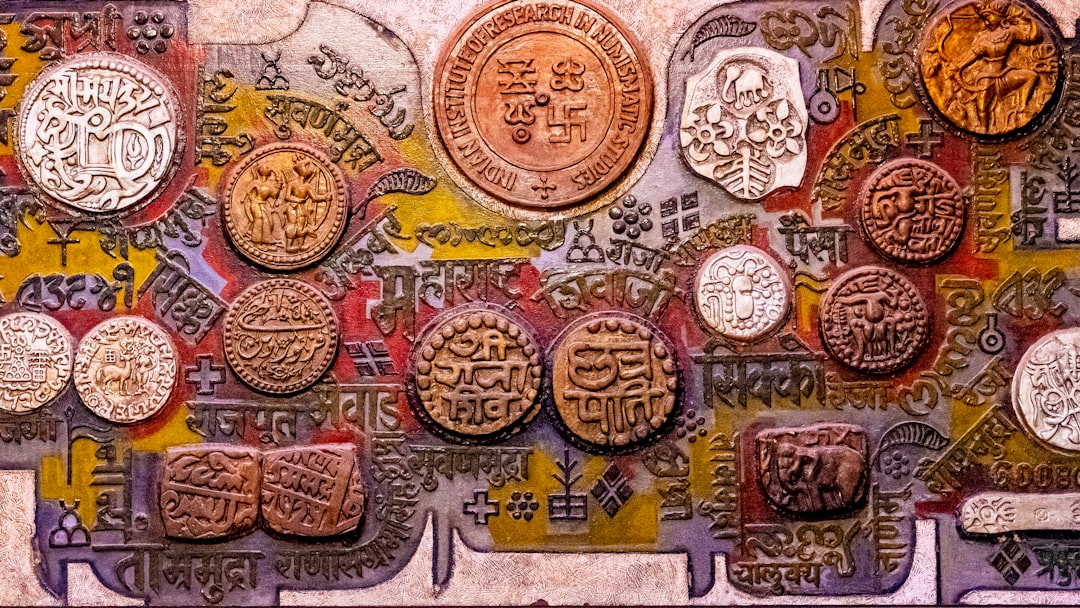This Alarming Metric Screams We're in a Bigger Bubble Than the Dot-Com Crash

Remember the dot-com bust of 2000? The infamous crash that wiped out fortunes and taught a generation of investors a harsh lesson about irrational exuberance. According to one of Wall Street's top economists, we may be ignoring the lessons of history and teetering on the edge of an even bigger fall.
Torsten Sløk, the chief economist at powerhouse investment firm Apollo Global Management, has sounded a stark alarm. His analysis suggests the stock market's current condition is, by one critical measure, more precarious than the peak of the internet frenzy.
The Flashing Red Light
Sløk's warning zeroes in on the extreme concentration of value at the very top of the market. The focus isn't on every stock, but on the ten largest and most influential companies within the benchmark S&P 500 index—the behemoths that have come to dominate today's investment landscape.
The key metric flashing red is the forward price-to-earnings (P/E) ratio. In simple terms, this number shows how much investors are willing to pay today for every dollar of expected future profit. Right now, the top 10 stocks are trading at a collective forward P/E ratio of around 25. This indicates that incredibly optimistic, almost perfect, expectations for future growth are already baked into their sky-high stock prices.
A Dangerous Echo of History
Here’s where the warning becomes truly chilling. According to Sløk's research, that P/E ratio of 25 for today's market leaders is higher than the valuation for the top 10 companies at the absolute zenith of the dot-com bubble. In his analysis, the top of the S&P 500 is "more overvalued" today than it was right before the crash in 2000.
While the company names have changed from the early internet darlings of the 90s to the mega-cap tech giants of today, the pattern of extreme valuation concentrated in a handful of market-leading stocks is eerily similar. This suggests the current market euphoria may have propelled the biggest stocks into territory even more dangerous than the last major tech-driven bubble.
What This Means for Investors
Such lofty valuations create a fragile house of cards. If this handful of corporate giants fails to deliver on the monumental growth that their stock prices demand, a sharp and painful correction could follow. Because these few companies represent such a massive portion of the S&P 500's total value, a downturn in their fortunes wouldn't just punish their direct shareholders—it could drag the entire market down with them.
This heavy reliance on a small number of stocks creates a systemic risk, leaving millions of investors exposed to the performance of a select few. As money continues to flood into the same names, the critical question remains: is this a new paradigm of sustained growth, or are we simply witnessing the calm before a historic storm?


